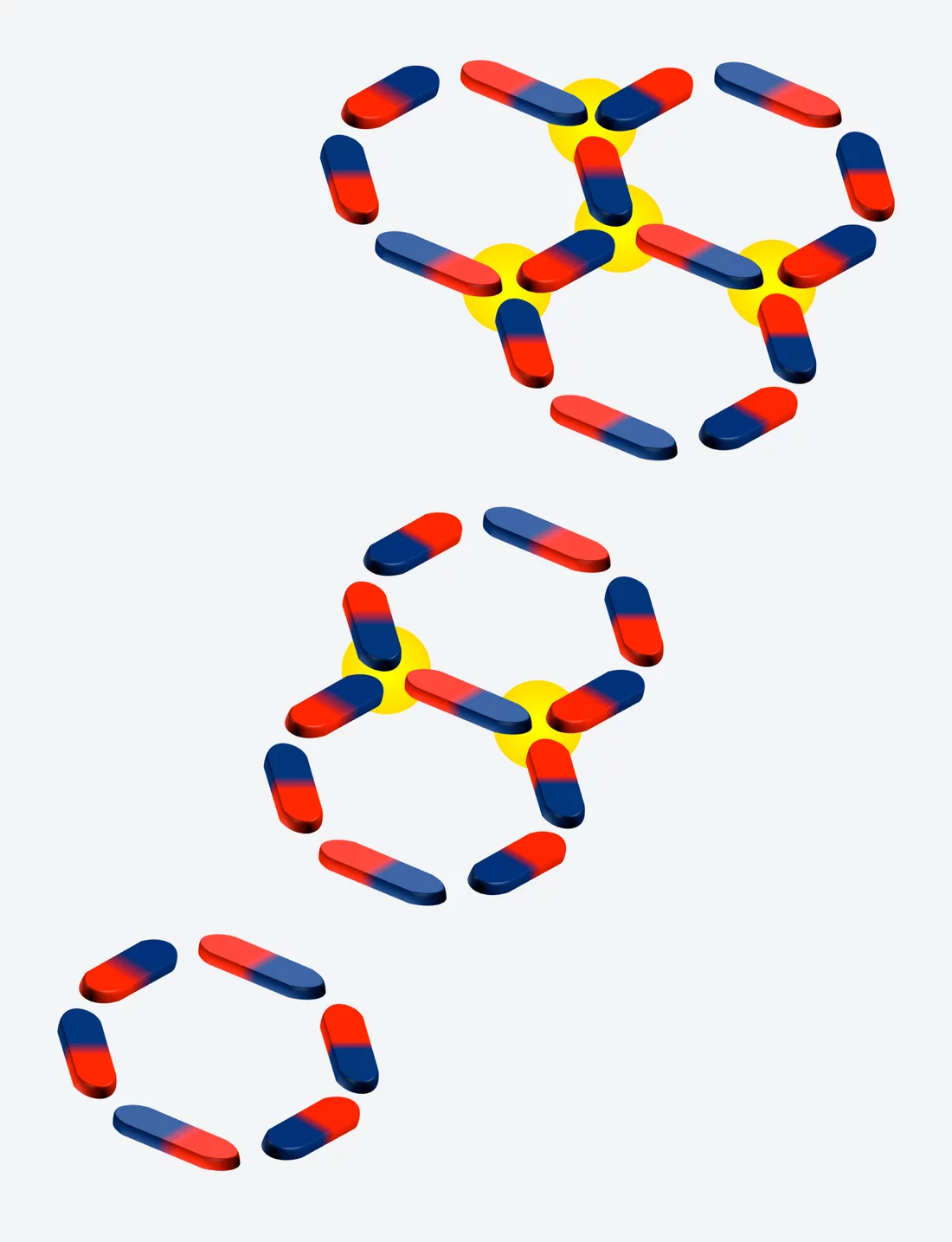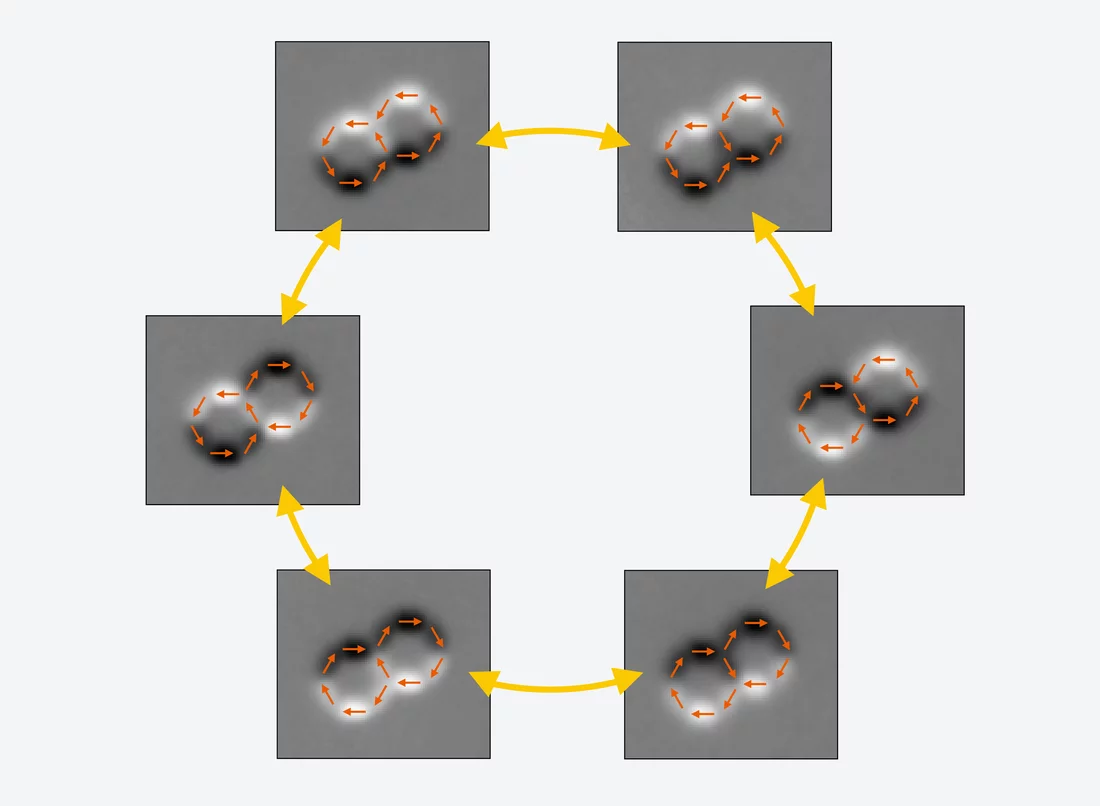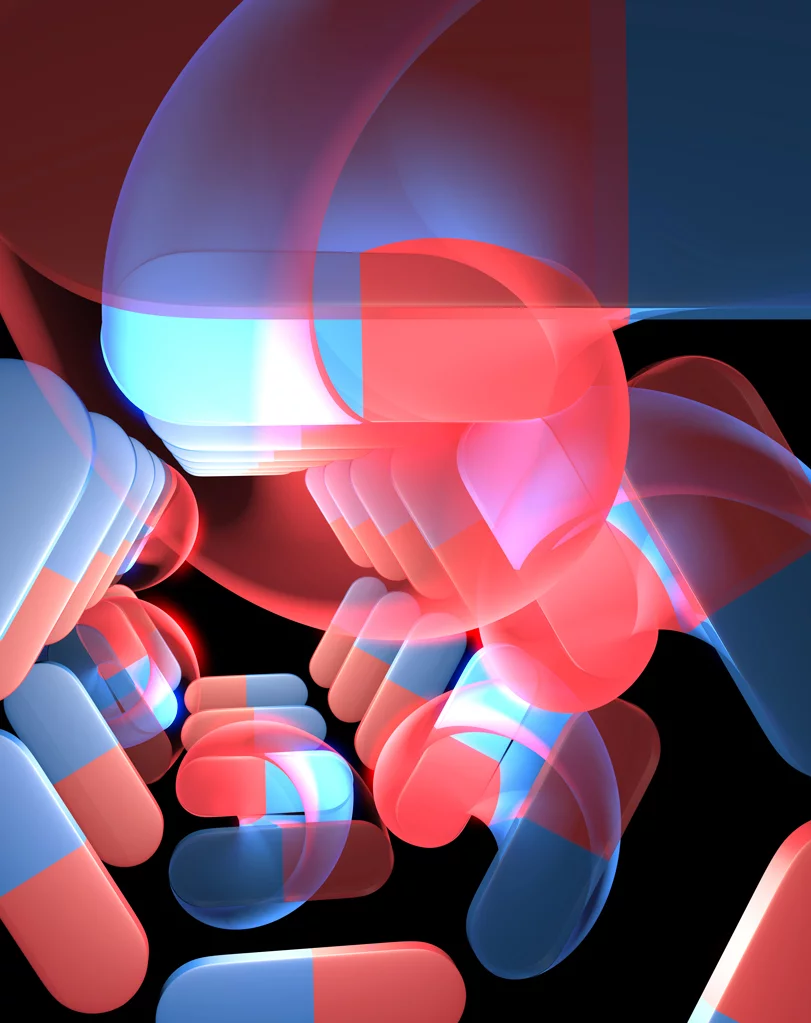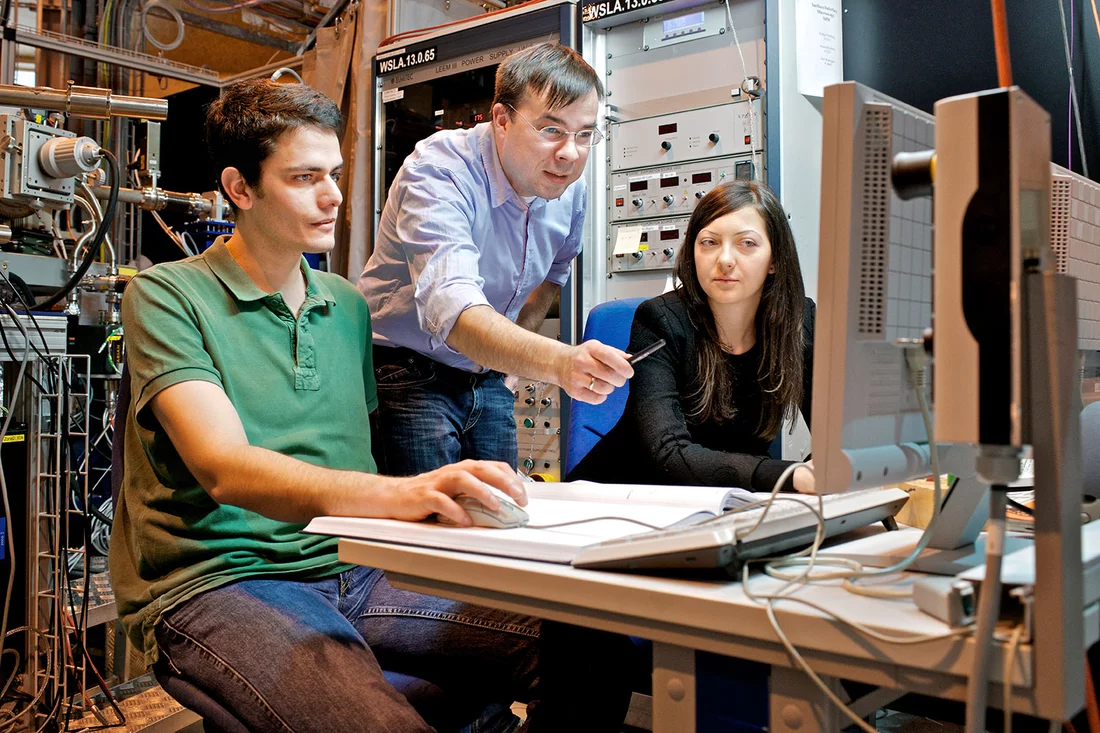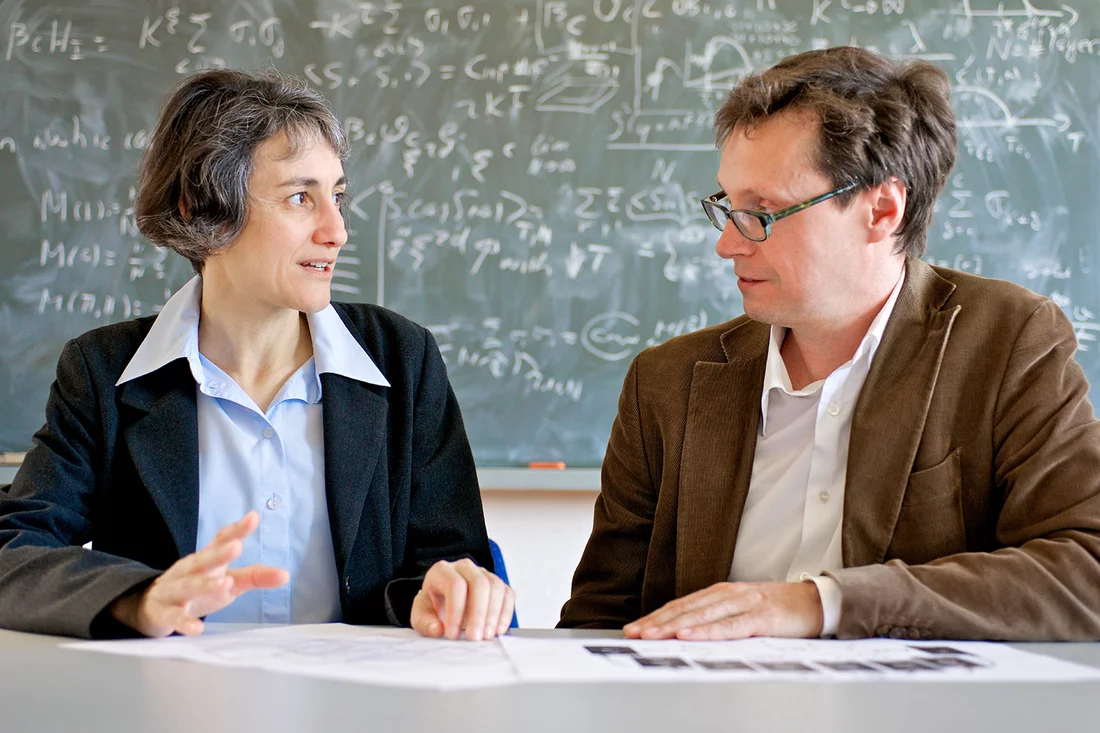Scientists use nano-rods to investigate how matter assembles
In the microscopic world, everything is in motion: atoms and molecules vibrate, proteins fold, even glass is a slow flowing liquid. And during each movement there are interactions between the smallest elements – for example, the atoms – and their neighbours. To make these movements visible, scientists at the Paul Scherrer Institute PSI have developed a special model system. It is so big that it can be easily observed under an X-ray microscope, and mimics the tiniest movements in Nature. The model: rings made from six nanoscale magnetic rods, whose north and south poles attract each other. At room temperature, the magnetisation direction of each of these tiny rods varies spontaneously. Scientists were able to observe the magnetic interactions between these active rods in real time. These research results were published on May 5 in the journal “Nature Physics”.
Scientists at the Paul Scherrer Institute PSI in Switzerland have developed a novel magnetic nano-system. This has allowed the first observation of spontaneous changes in the magnetisation direction at room temperature in such an artificial system. This system is fascinating, particularly for fundamental research, as it can be a model for many different interactions at the atomic and molecular level. Alan Farhan studied this model system as part of his doctoral thesis. Now, the results have been published in the prestigious science journal “Nature Physics“.
The perfect thickness: 3 nanometres
The breakthrough for these scientists came when they found exactly the right thickness for their nanostructure. This structure consisted of one or more rings of six nano-rods. These nano-rods were in turn composed of an alloy of iron and nickel, which can be magnetised easily. Spontaneous changes in the direction of magnetisation of the individual rods took place at room temperature, or with slight heating, when the rods had exactly the right thickness. The scientists were able to record these so-called magnetic fluctuations in real time under the microscope. Thinner rods changed their magnetisation direction too quickly to make an experimental observation, whilst thicker rods kept their initial magnetisation direction constant. “We were lucky to find the perfect thickness so soon“, said Laura Heyderman, Head of the Magnetic Nanostructures Research Group at PSI. “Whilst other groups have studied such magnetic nanostructures, we are the first to have found the right thickness.“
The researchers produced the nano-rods by depositing the magnetic alloy in an appropriate shape onto a flat support material. To ensure the right thickness was not missed, they created many structures next to each other and, during the deposition process, they moved a shutter slowly from one side to the other. In this way, the structures had different thicknesses ranging from 0 to 20 nanometres. “Under the microscope, we could instantly see the area in which the fluctuations took place “, said Heyderman. In an individual ring, the magnetisation of each rod was oriented so that the south pole was always next to a north pole of a neighbouring rod (see Figure 1, below). For the system, this was the lowest and therefore energetically most favourable state.
Several rings are frustrated
Systems consisting of two or three rings were of particular interest to the scientists. Here, adjacent rings share one of the rods, with two rings containing 11 rods and three rings containing 15 rods (see Figure 1, middle and lower structure). Already with two rings, the rod in the middle could not adopt a magnetisation direction without at least two north poles or two south poles meeting (marked in yellow in Figure 1). There was always a part of the system, even in the lowest energy state, that was unsatisfied – referred to as geometrical frustration. In addition, the scientists discovered that the number of energetically favourable configurations – the so-called degeneracy – increased with the size of the system. Particularly for this case, the system was found to be constantly fluctuating.
“Our system is like easy-going hikers in the Swiss Alps“, explained Heyderman. “They love to hike, but avoid going directly over a mountain. Instead, they look for a way around the mountain, going through low mountain passes from one valley to the next. This is just like our system: it explores the minima of its potential energy landscape.“ For a system composed of several nano-rods, however, this landscape can only be represented theoretically in more than three dimensions.
Simulation reveals hidden connections and confirms experiments
Researchers calculated the form of this higher-dimensional landscape using kinetic Monte-Carlo-simulations and their results were consistent with experimental observations. The theoretical calculations showed that the larger the system, with a larger number of rings, the shorter the connections between the energy landscape minima. This is a typical signature of frustration, which increases with the size of the system. This result will be important in the future for the understanding of larger systems.
Co-author Peter Derlet was responsible for the simulations. “In the end, the simplest of the various theoretical models applied was found to best reflect the experimental results“ Derlet realised unexpectedly.
For experimental imaging of the magnetisation, scientists made use of X-ray microscopy techniques at the Paul Scherrer Institute. Using these techniques, video recordings of the nanostructures could be made at 1.4 frames per second, which made the tiny magnetisation changes visible in time lapse sequences.
Potential applications in theoretical physics and data storage applications
“Although our model system is relatively simple, it has allowed us to investigate heat-related fluctuations in a system in real space, and thus to delve deeper than ever before into the world of thermodynamics“, said Heyderman.
With their newly developed system, the scientists now want to obtain further insights into fundamental phenomena like phase transitions, geometrical frustration and the physics of glassy materials. Technological applications for data storage, transferring magnetic rather than electrical charge, might be also be possible.
Text: Laura Hennemann
About PSI
The Paul Scherrer Institute develops, builds and operates large, complex research facilities, and makes them available to the national and international research community. The Institute's own key research priorities are in the investigation of matter and material, energy and the environment; and human health. PSI is Switzerland's largest research institution, with 1500 members of staff and an annual budget of approximately 300 million CHF.
Contact
Professor Laura Heyderman; Laboratory of Micro- and Nanotechnology, Paul Scherrer Institute;Telephone: +41 56 310 2613, E-Mail: laura.heyderman@psi.ch
Dr. Peter Derlet; Solid State Theory Group, Paul Scherrer Institute;
Telephone: +41 56 310 3164, E-Mail: peter.derlet@psi.ch
Original Publication
Exploring hyper-cubic energy landscapes in thermally active finite artificial spin ice systems.Alan Farhan, Peter M. Derlet, Armin Kleibert, Ana Balan, Rajesh V. Chopdekar, Marcus Wyss, Luca Anghinolfi, Frithjof Nolting and Laura J. Heyderman,
Nature Physics Advance Online Publication 5. Mai 2013.
DOI: 10.1038/NPHYS2613

